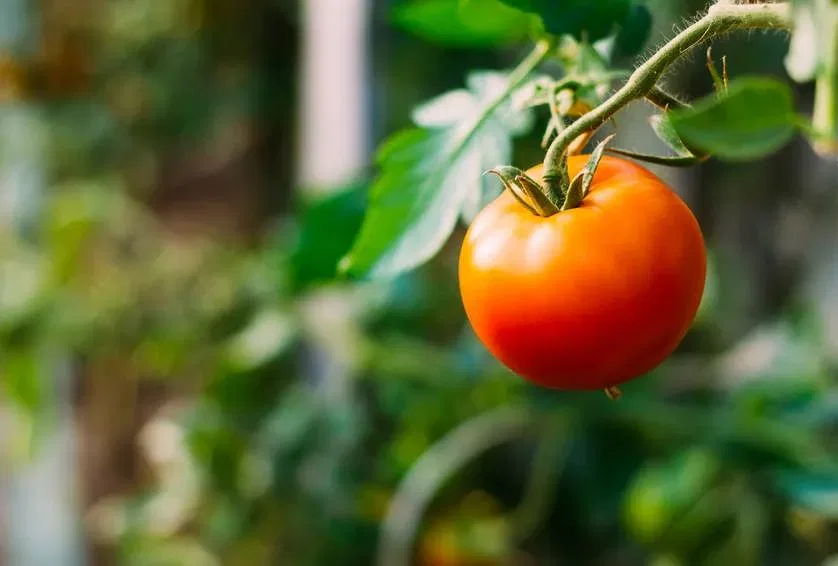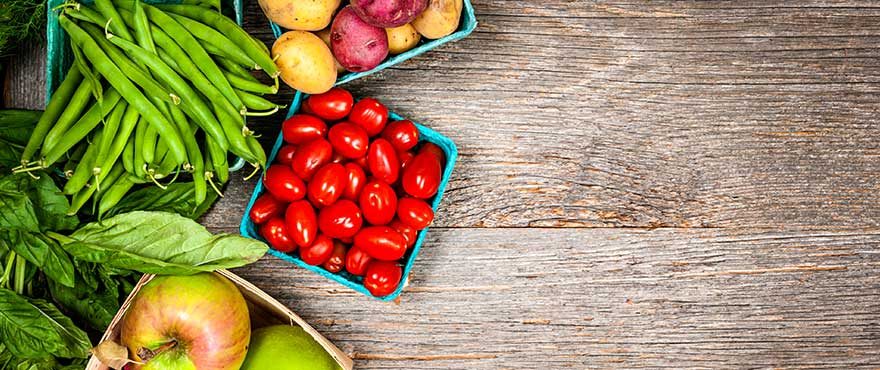Seasonal eating is one of the oldest traditions known to man. It is the foundation of how humans used to sustain themselves. There was no such thing as strawberries in the middle of December or roasted pumpkin seeds in July. Eating seasonally certainly has its benefits; it adds variety, increases the nutrition profile of the fruit or vegetable, and supports the local farming community. Thankfully, Italian cuisine is no stranger to using only the freshest of foods. In fact, they are well known for it. You’ll find additions to menus such as squash blossoms in the summer and wild mushrooms in the fall.
When practicing eating within a specific season you will find that variety is the spice of life. It not only breaks up the monotony of a typical weekly menu but forces one to increase their knowledge in the kitchen. Purchasing freshly harvested foods may mean you don’t get that fresh salsa in the winter but it can also mean you begin expanding the palate by finding something new to replace it. For example, try making a slaw out of kohlrabi in the fall. Easy, fulfilling, and new! If lack of kitchen skills intimidates you then try using sites like Pinterest, AllRecipes, or even Google to help find easy recipes and basic tips.

Have you ever eaten a ripe tomato fresh from a garden? If you have, then you know that the flavor profile is magnificently different from that of one grown commercially. Produce that is grown in large quantities for commercial use is often mechanically picked, has long transport times, and then sits in the produce isle and even our kitchen for days before it is eaten. Cycles like this open up the fruit or vegetable to nutrient degradation. Water soluble vitamins such as vitamin C and B complex are decreased due to respiration of the produce. In short, once a item is plucked from its life source it begins a process of breaking down. The longer the item is allowed to sit or be jostled around during transport the more degradation occurs.
Support for local farmers can come from buying and eating fresh and seasonal. This is important because it can in turn pump money into the local economy. Keeping profits within a region will provide a sort of life blood, if you will. Small farms are having an increasingly hard time sustaining big agriculture and need as much help as they can get. Most economies are in need of a boost so why not help contribute by using fresh, local foods.
There are plenty of ways to stick with a seasonal eating plan while in Italy. Around almost every corner is a fresh produce stand and as previously mentioned there is no shortage of fresh, ripe vegetables or fruits in restaurant cooking. One wise Italian was kind enough to pass on his beautiful philosophy “Eat what nature offers from the ground that your feet touch”. Good plan, I think I will.




